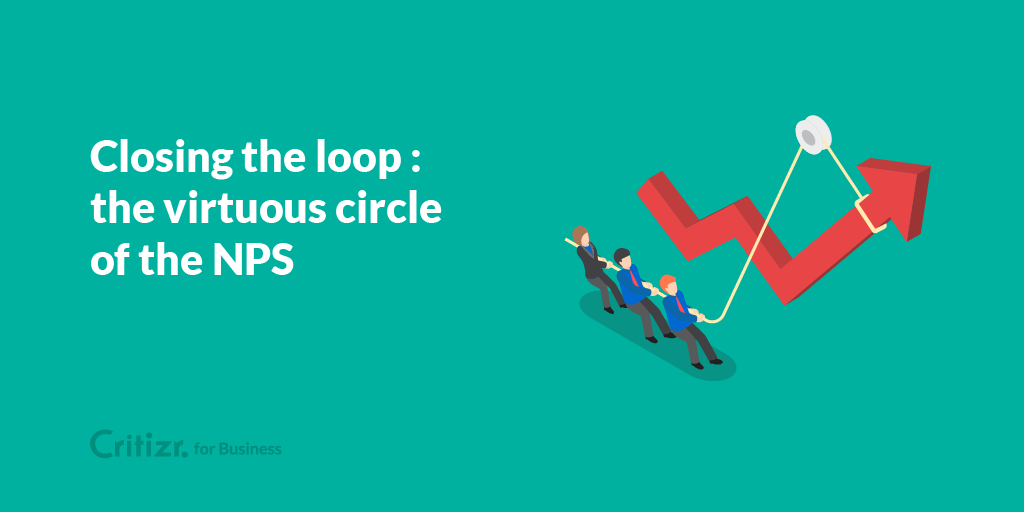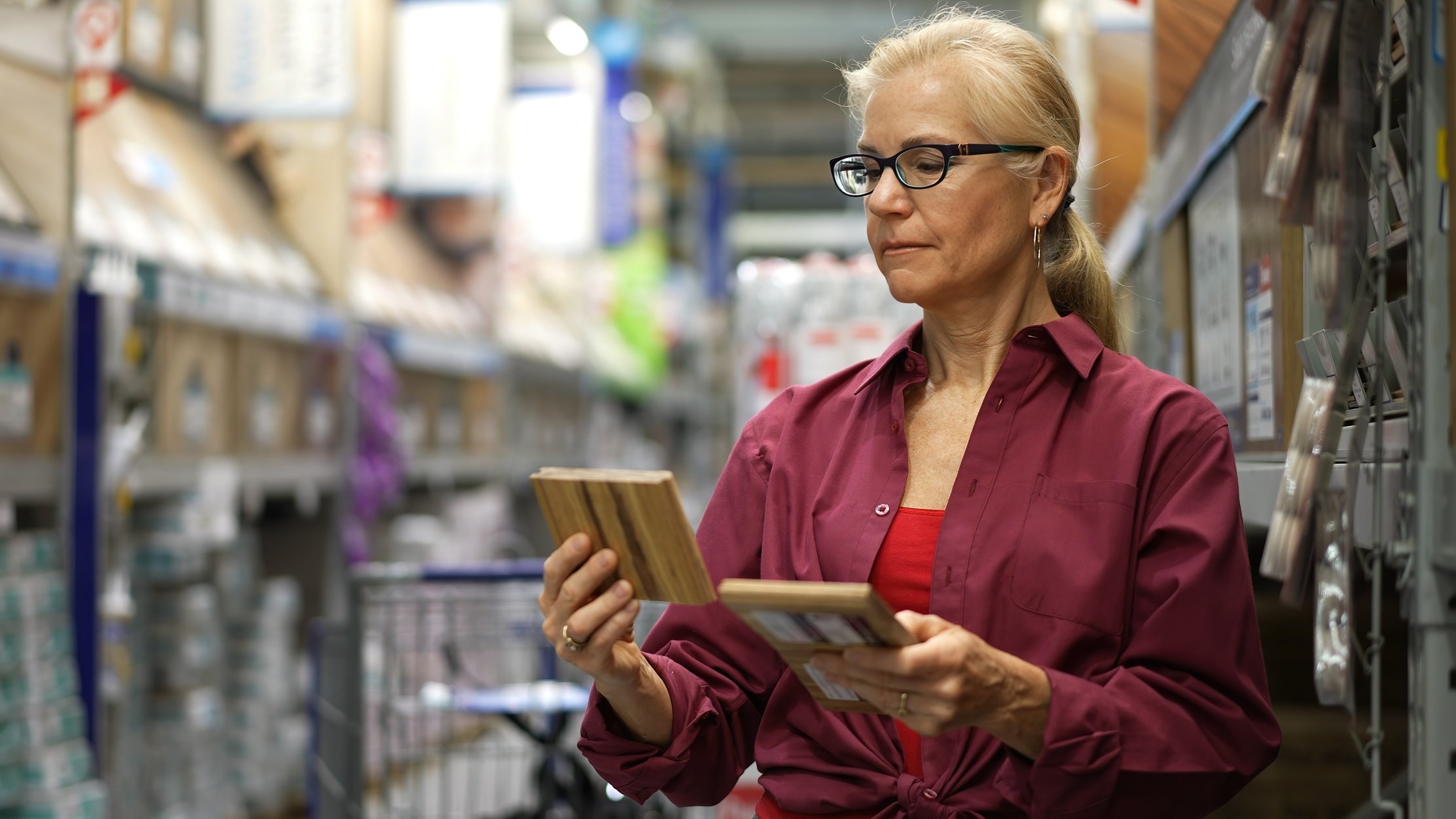
Solutions
Solve your most critical customer experience challenges

Marketing Manager - France
They say every journey starts with a single step – but it's the steps after that which make life complicated for DIY, home and garden retailers. Technology is helping brands get to grips with the full complexity of the customer journey – and build loyalty, sales and profits for the long term.
Life used to be simple: customer decides to paint bedroom, customer visits local DIY store to select paint and a few bits and pieces, customer returns home, customer paints a wall. Job done. But today, even for the simplest of needs, there is no single customer journey.
For example, a customer may start on social media, idly browsing or searching for inspiration. They might go straight to your website, completing everything in one place. They could move between online and your physical store, perhaps ordering most of what they need from the web and quickly nipping to a store to pick up odds and ends when they discover their old paintbrushes are unusable or that roll of masking tape has disappeared into thin air. They may begin in-store, picking up some samples, then move online to compare prices and purchase. Or, determined to start their project there and then, they could do everything in-store, in one visit.
That's just a selection of potential customer journeys, each containing its own unique sequence of ‘touch-points’ – places where things can go well or badly. Put that all together, and there are literally hundreds of ways to make a customer's journey smooth or full of friction.
Mapping each journey, understanding touch-points then pulling that data into behaviours, trends, hot spots, where it’s going wrong and where it’s going right sounds like an impossible task. But, with the right tools and a little bit of time, understanding every aspect of your customer journey can become a manageable task that builds sales, increases profits and drives customer loyalty.

Listen to customers across every channel, capturing their voice at every possible opportunity: online, offline, in-person, even when they're talking about someone else (LINK our recent blog on digital tools shows how to use competitor reviews to power your strategy). It is possible to do this on an individual channel basis, but it's clunky, time-consuming and will only give you a snapshot in time. It is far better to invest in a digital platform like Goodays Connect that will not only measure your own channels but also incorporate third-party channels such as Google reviews. This will give you a lot of data, but it also helps you sort it into meaningful metrics, perhaps based on your KPIs or filtering by known issues.
There's nothing like good old-fashioned questionnaires and surveys to understand what's important to customers; the days of standing in your store doorway to capture their views are long gone though. Instead, look for a digital platform to help you develop a detailed understanding of each touch-point, even better if it can contextualise customer data with their responses, such as purchase date and average basket cost.
Customer behaviours are always changing, and buying patterns shift throughout the calendar year, so make this process dynamic and keep at it. This means you’ll have an ongoing and clear vision of each customer journey AND how each touch-point performs weekly. Crucially, this data enables you to gain a single customer view and is a starting point to understand how to improve and where to focus resources for larger-scale investment decisions. And if you start making customer-centric decisions based on clear evidence and data, customer experiences will improve – as well as your bottom line – as a result.
Download our free guide below to understand more about the DIY, Home and Garden Customer Experience:
Hear about our upcoming events and read the latest success stories from our clients.
